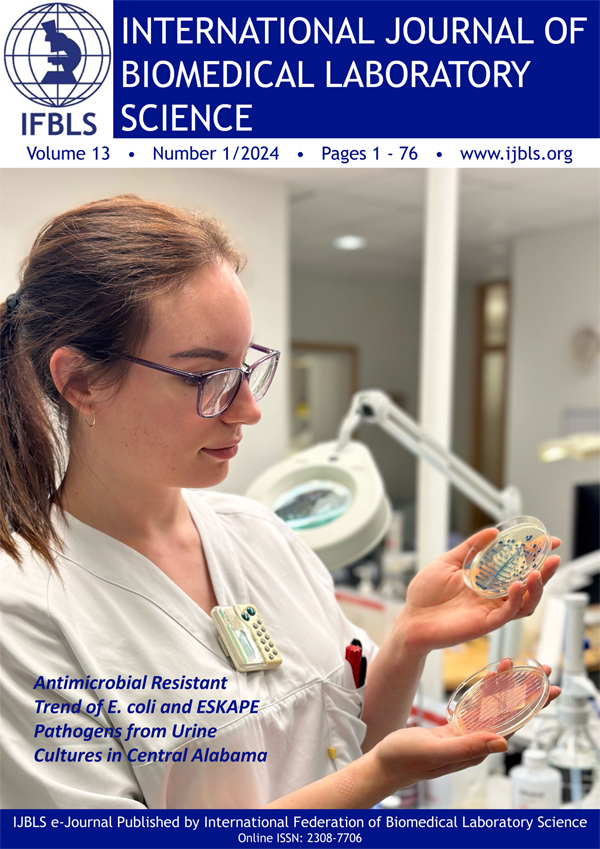Review article: Benefits of Implementing Oral Fluid Testing for Opioid Pain Management Compliance
Lorie Minton, Stephanie Jacobson and Patricia Tille
An increasing number of adults are treated for chronic pain, making the risk of opioid misuse much greater. One of the primary compliance strategies in pain management is drug testing. Drug testing ensures that patients properly take prescribed medications and can identify aberrant behaviors such as illicit drug use. Urine is the preferred matrix for drug testing in pain management compliance but has many drawbacks. Patient care is often negatively impacted due to the collection process and the difficulties that can occur in the elderly and disabled. Although new test methods for urine drug testing have advanced, preparation methods can still be lengthy, and sample tampering is a common element that continues to affect the accuracy of results.
Oral fluid testing is a viable method with several advantages when compared to urine testing. Results are easier to interpret, collection methods remove barriers and avoid sample tampering, and technical procedures are less cumbersome. Despite the few limitations associated with oral fluid testing, laboratories implementing oral fluid testing can offer better results using a streamlined preparation method, with the most significant impact being the elimination of sample tampering. Implementing oral fluid testing can be considered a positive contribution to compliance monitoring in pain management.
Key words: Pain management, compliance, oral fluid, opioids.
Int. J. Bio. Lab. Sci 2023(12)2:96-105 【PDF】


